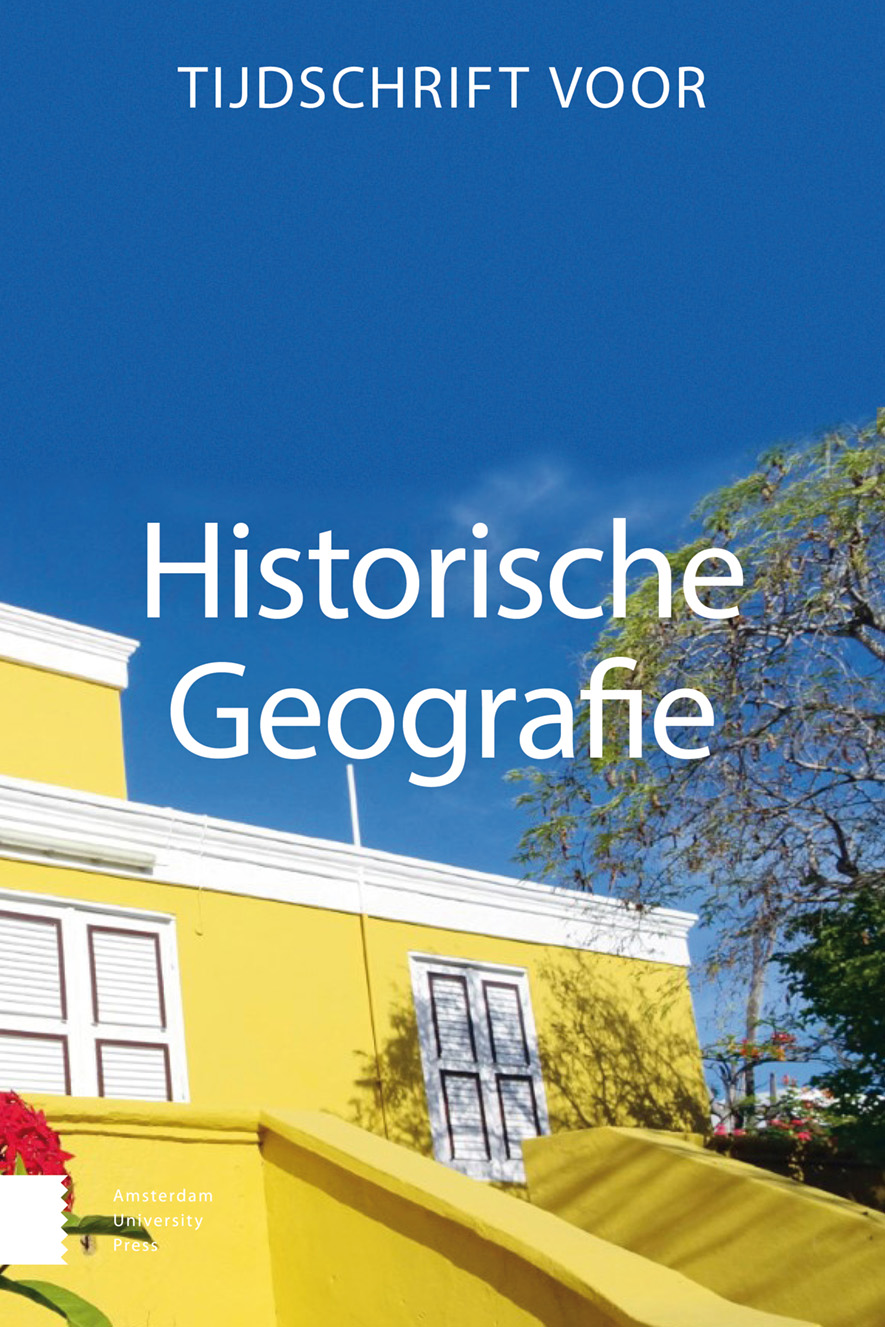-
oa De wording van een uniek verveningslandschap: de Molenpolder bij Westbroek
- Amsterdam University Press
- Source: Tijdschrift voor Historische Geografie, Volume 8, Issue 1, Mar 2023, p. 19 - 41
-
- 01 Mar 2023
Abstract
The creation of a unique peat landscape: the Molenpolder near Westbroek (province of Utrecht)
In the Middle Ages most of the peatlands in the western part of the Netherlands were turned into agricultural land. In the Early Modern period large parts of this peatland were dug up in order to provide the upcoming towns and cities with fuel. This process of extraction – even below the ground water line by dredging –was still going on in some parts at the beginning of the 19th century when the land registry (Kadaster) was rolled out. This is the case in Molenpolder, a settlement north of the city of Utrecht, which today is a nature reserve. The strips of land (‘legakkers’) on which the peat was laid to dry and the peat holes in between are well preserved. The cadastral map offers a snapshot of how these strips were formed. The lord of the manor of Westbroek wanted to prevent all of his domain being turned into water and in 1790 started researching which part was best suited for peat extraction. A map of this research shows equally sized parcels which according to the Kadaster map (1832) were divided among the farmers in the vicinity, resulting in a mosaic of ownership. After the period of peat extraction, a process of hydrosere took place. The mosaic of ownership and therefore different levels of maintenance of each parcel resulted in a mosaic of different stages of ecological succession. After World War II a process of forestation started. Today the landscape is a mosaic of ponds, small pastures, marsh woodland, quake and thatch fields and other stages of ecological succession.


